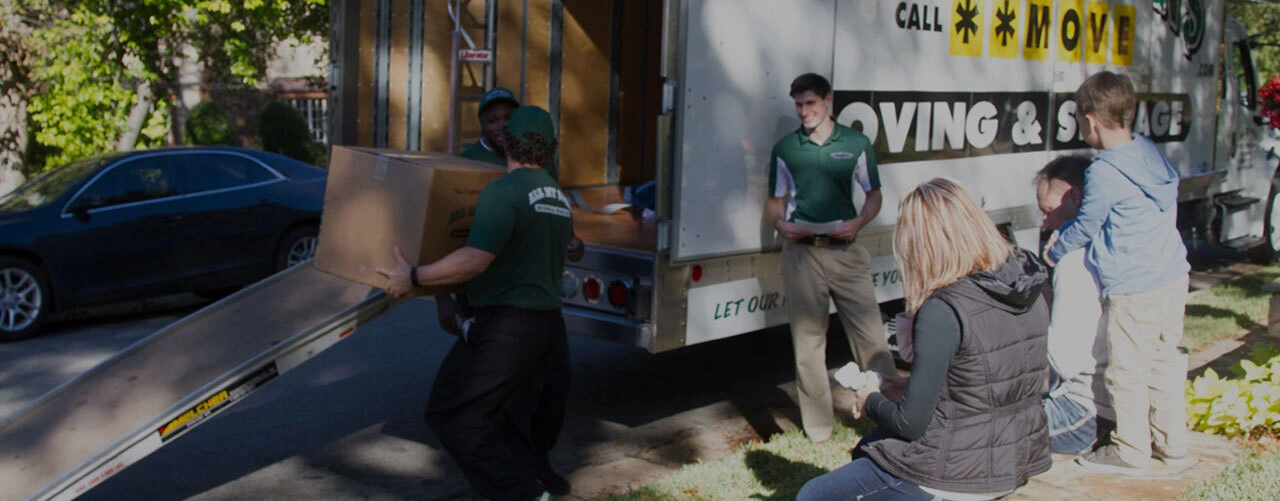Top Four Plantations to Visit in The Red Stick
The Red Stick or Plantation Country may sound like foreign names to you, but those who live in Baton Rouge, Louisiana are very familiar with their city's popular nicknames. If you love history and architecture, Plantation Country is a beautiful attraction where Baton Rouge visitors can experience the state's rich and colorful history while possibly getting a good scare too. These large cotton, sugar cane, and rice plantations have been maintained or slightly modified in order to serve as bed and breakfasts or to support daily tours for locals and visitors alike. Each plantation represents the traditional cottage architecture and slave quarters reminiscent of the early 19th century. When deciding which plantations to visit, consider the following that rank among the top historical and plantations the state has to offer.
1.The Myrtles Plantation is a 213 year old home built in the late 1700s by General David Bradford, also known as "Whiskey Dave". Decorated with fine antiques and colonial architectural treasures, The Myrtles Plantation is infamous for being one of the most haunted houses in all of America. So if you are up for a spook this one is for you, with most of the plantation's visitors coming in search of ghosts. From handprints in the mirrors, footsteps on the stairs, abnormal smells, disappearing objects, death by poison, hangings, and murder- The Myrtles Plantation in the town of St. Francisville, Louisiana has the longest record of recorded ghost sightings than any other house in the country.
2. Nottoway Plantation is the South's largest plantation and is known as a true "American Castle". Here, visitors can enjoy a stay in one of the antiquely decorated bedrooms located in the Main House, or take a tour and dine for lunch or dinner in the restaurant. Originally owned by John Hampden Randolph and his family, the house was built by slaves from 1855 to 1859. One of his 11 children, Cornelia, kept a diary about the plantation. Since women were not allowed to be published writers at the time, she published her diary under the name M.R. Ailenroc. The published name was her name spelt backwards along with her maiden and married last name initials. She titled her diary The White Castle of Louisiana. With over 15 bedrooms and recent renovations that have preserved its magnificence, the estate is a treasure to tour.
3. Laura Plantation was a sugar cane farm once owned by Guillaume Duparc. After his death, his widow Nanette Pru'homme managed the plantation for nearly 25 years. Throughout the years, inheritors cleared more land and expanded the plantation to a total of 12,000 acres that included several outbuildings. The estate maintained six original slave quarters that heavily depicted the Creole lifestyle. In 1861, Laura Locoul Gore was born in the home and eventually became the fourth mistress. Laura was the next to inherit the estate and sold it in 1891 with the terms that it would always be named Laura Plantation. The uniqueness that the Laura Plantation holds is intimate with the slave quarters and the tragic hardships its inhabitants endured. With only 15 similar plantations still existing in the south, "Laura" serves as a quintessential example of slave life during the turn of the 19th century.
4. Magnolia Mound Plantation is a plantation that is still a very vital part of the Baton Rouge community. Its architecture directly reflects housing traditions set by early settlers from France and the West Indies, while implementing stylish elements that intentionally give more functionality to the structure. Although the house was built in 1791 for a small settler, it was expanded in 1802 for a more elite landowner. The 900-acre estate sits on the edge of the Mississippi River and has an enormous collection of Louisiana-made objects. Today, the purpose of the landmark is to exemplify the lifestyle of the Creoles who fashioned the culture that has been infiltrated into current life in the Louisiana south.
Baton Rouge Plantation Country is home to over 20 elegantly restored colonial homes that wind along the Mississippi River Road and provide locals and visitors with a serene glimpse into traditional antebellum life in the south.


